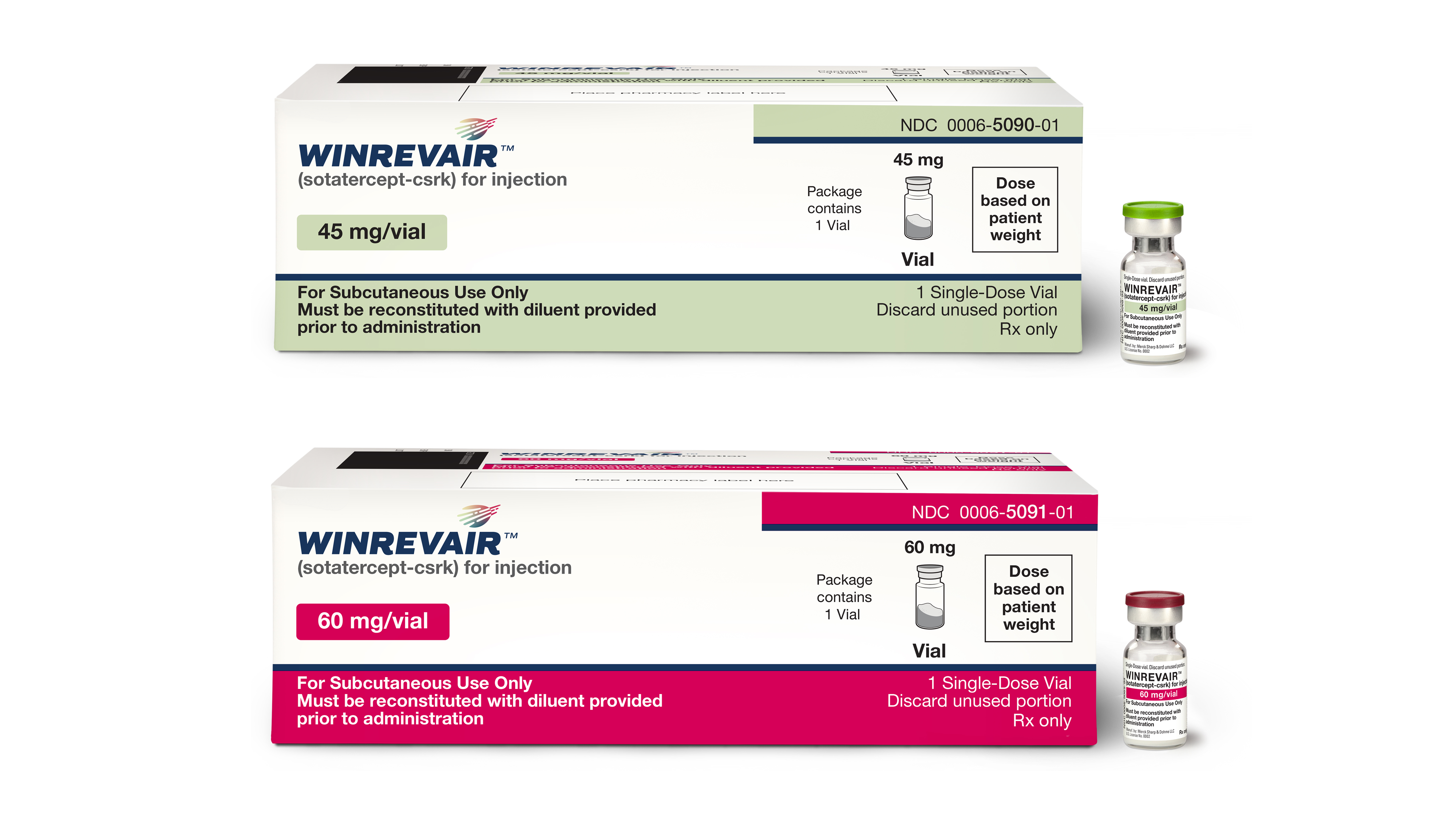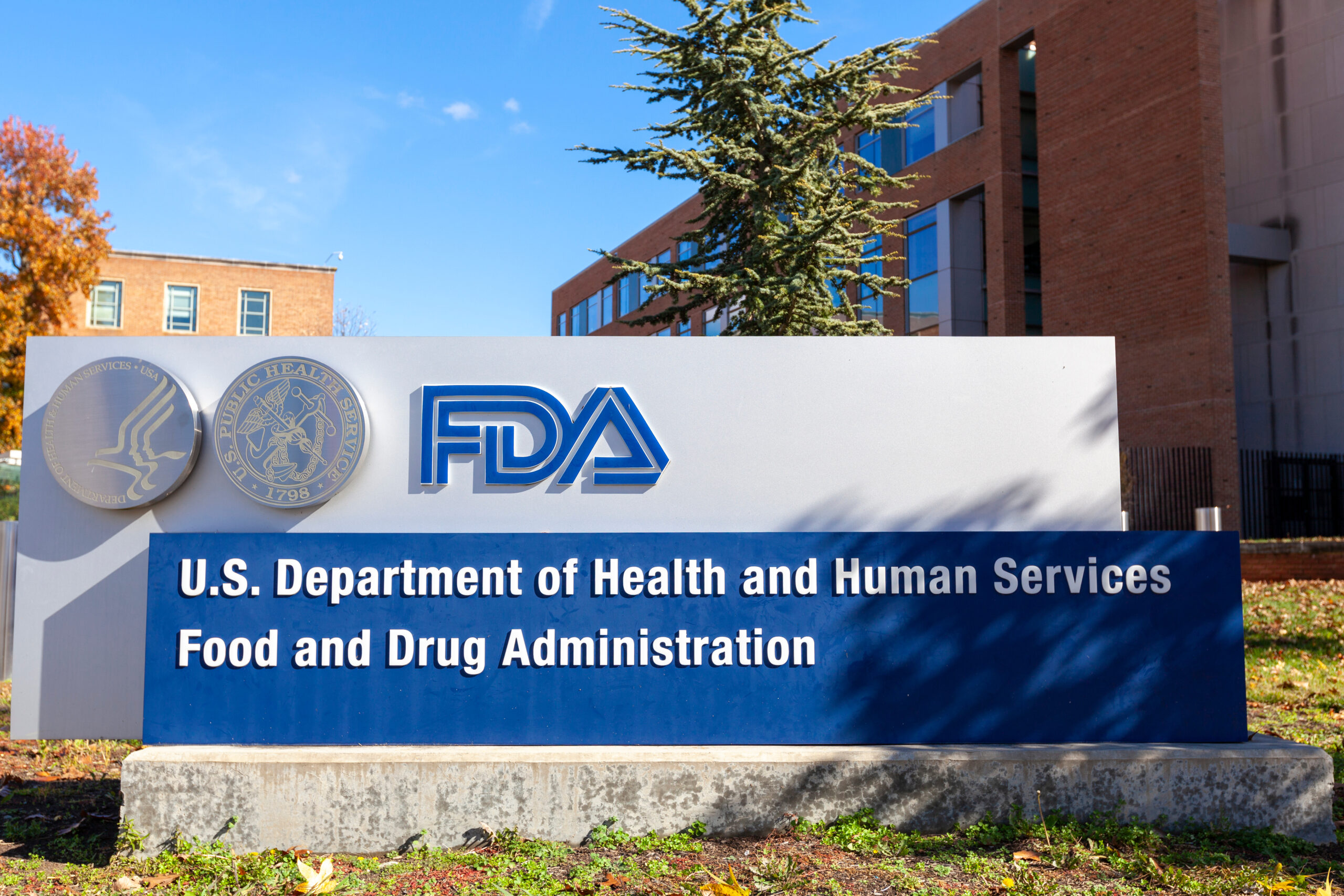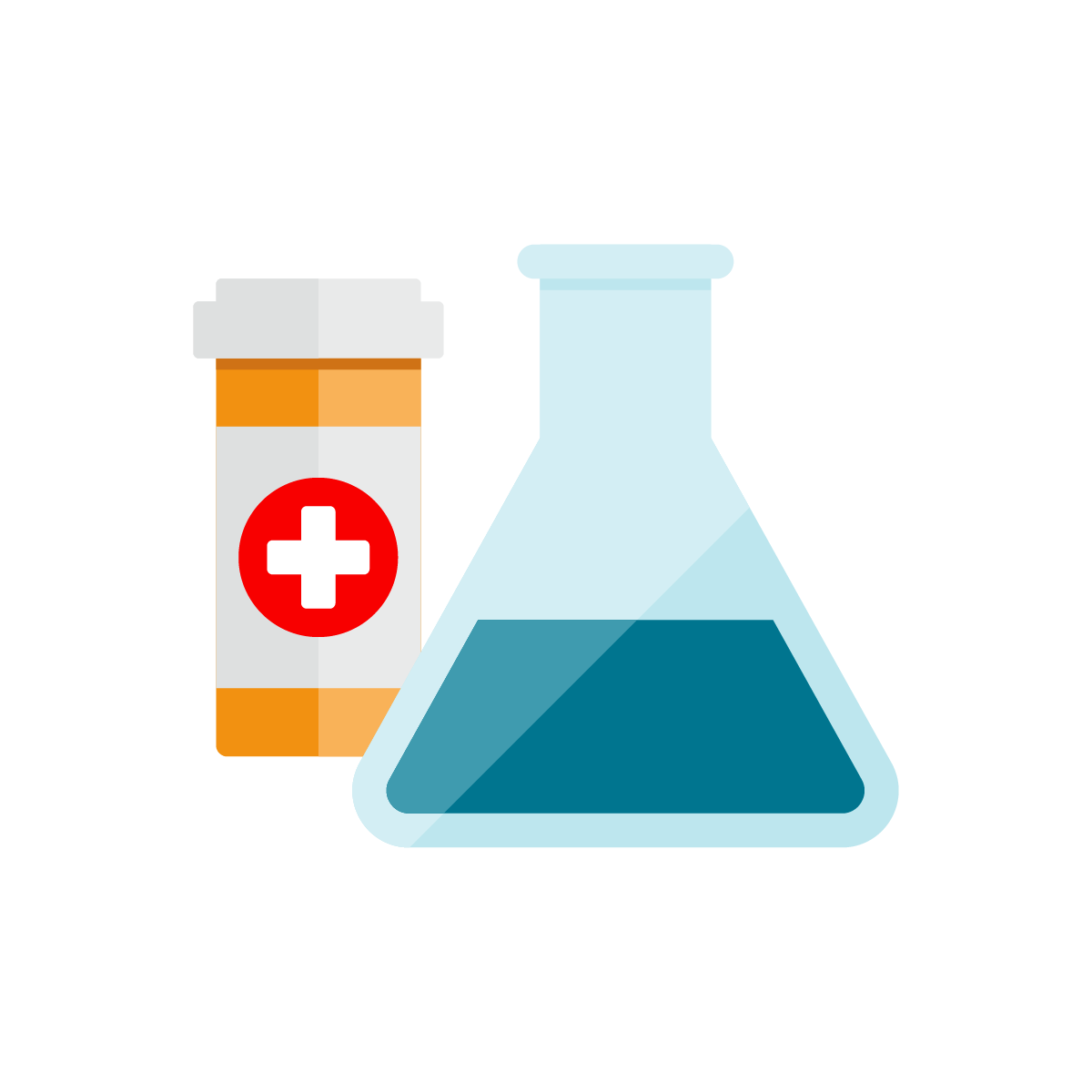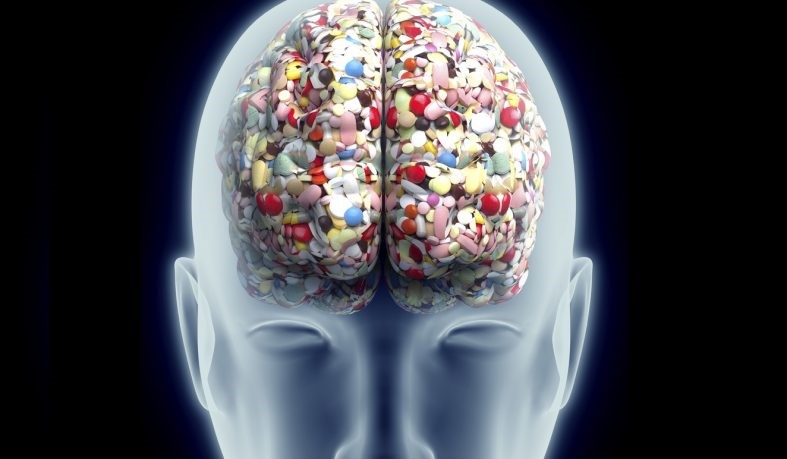According to a new study conducted by the Blue Cross Blue Shield Association (BCBSA), the payer’s commercially insured members spend $100 billion on branded prescription drugs each year, compared to just shy of $80 billion on generics. While more generic versions of medications are on the market than ever before – with the FDA approving a record-breaking 781 generic drugs this year – the BCBSA cites multiple reasons why branded prescription drugs still account for over 20 percent of consumers’ overall spending on healthcare.
Claims data collected from 41 million individuals insured through Blue Cross and Blue Shield was included in the analysis which looked at prescription drug spending over an eight-year period. The findings of the BCBSA study explain why the flood of generic approvals in 2018 is still not enough to battle price increases for branded drugs.
For example, the study found that branded prescription drugs account for just 17 percent of all prescriptions filled by Blue Cross and Blue Shield insured individuals, however they comprise 80 percent of drug spending. What’s more, spending on the most expensive prescription drugs has increased by four percent over the past two years.
“Accountability and transparency are key to developing a better understanding of overall health care costs, particularly the cost of prescription drugs that are essential to maintaining a person’s health,” said Maureen Sullivan, chief strategy and innovation officer for BCBSA. “The report findings underscore the underlying cost drivers in the prescription drug market and identify potential surges in overall drug costs in the future.”
According to BCBSA, specialty biologics are among the most expensive prescription drugs filled at the pharmacy. In 2017, Humira, Remicade and Enbrel – three drugs indicated in the treatment of autoimmune disorders – all topped the list of medications by spending. Diabetic drug Novolog and cancer drug Neulasta rounded out the top five list of the most expensive, most-filled medications.
BCBSA did find that the increasing availability of cheaper generics has made a dent in drug spending, with payers and patients spending three percent less on unbranded pharmaceuticals since 2016. However, these cost savings are modest when compared to spending on pricier branded drugs.












Join or login to leave a comment
JOIN LOGIN